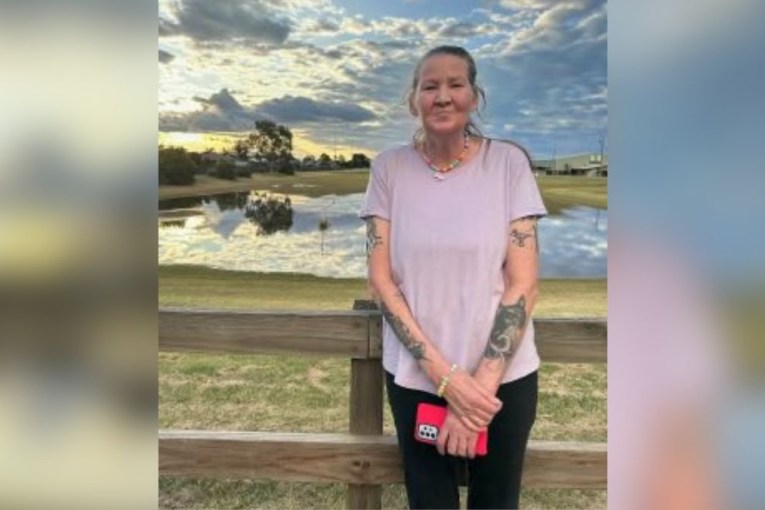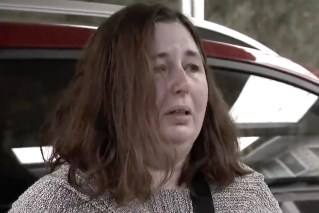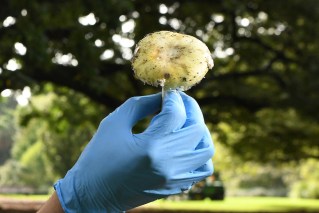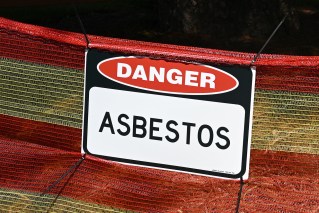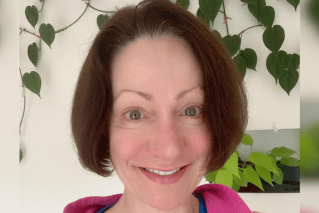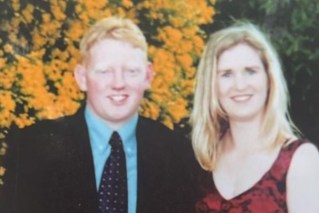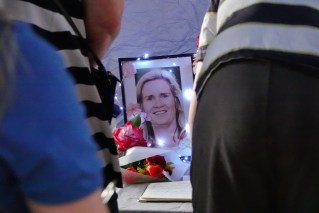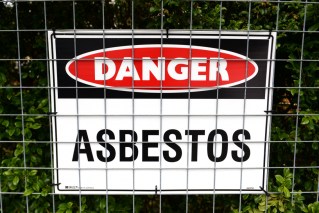Inside the fastest-growing suburb in the country
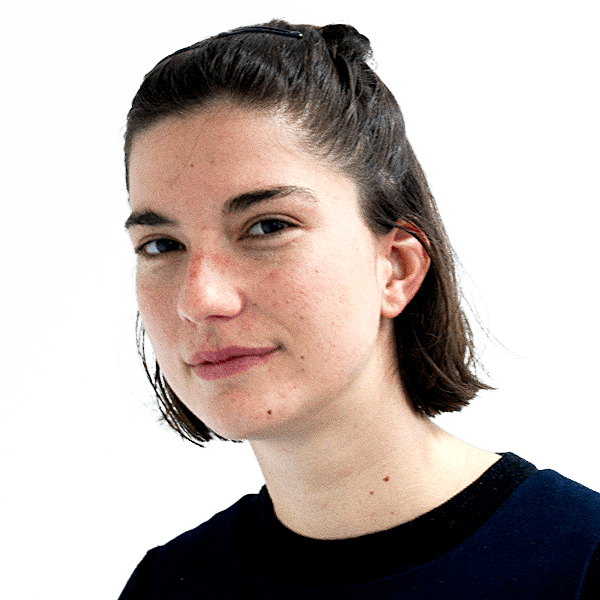
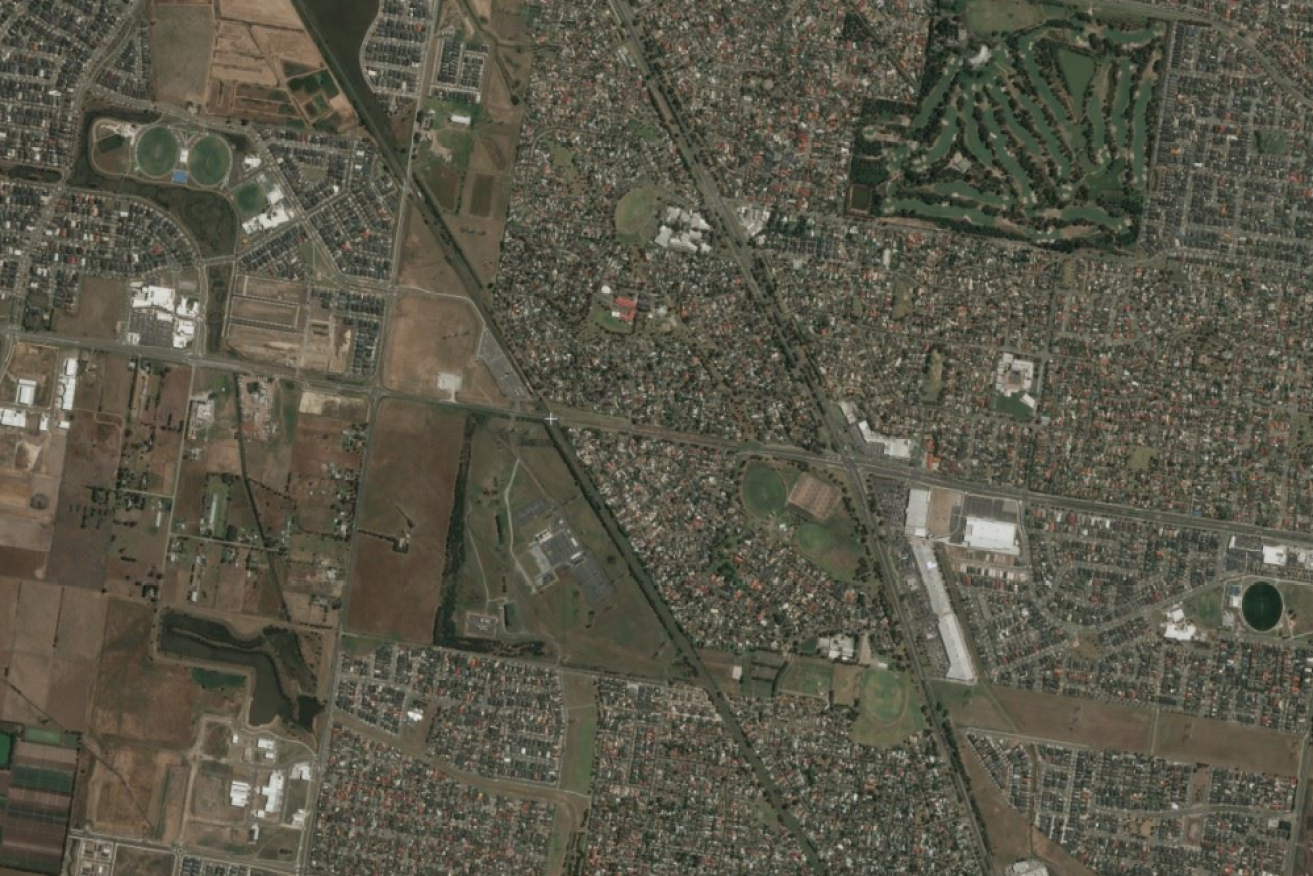
Cranbourne East had a population of just 8211 at the 2011 Census (satellite photo shows 2018). Photo: Zoom Earth
More than 7300 people moved into the fastest-growing suburb in the country in a single year.
Cranbourne East grew 27 per cent between 2016 and 2017, the Australian Bureau of Statistics (ABS) revealed this week.
The outer south-eastern Melbourne suburb went from 27,000 residents to 34,000 over the year, making it the fastest-growing suburb in Australia in absolute numbers.
Internal migration (within Australia) accounted for 85 per cent of that growth – bucking the Melbourne trend of large overseas migration – though Cranbourne East does have a large Indian and Sri Lankan population.
So what has attracted so many people to the area, and what does it mean for its infrastructure?
The property market is probably the biggest drawcard for Cranbourne East. Prices in the suburb are close to half that of the Melbourne median.
Property
A three-bedroom home in Cranbourne East has a median price of $501,000, according to Domain data, well below Melbourne’s median of $903,959 in the quarter ending December last year.
That price discrepancy was reflected in the number of people paying off a mortgage in the suburb in the 2016 census.
The number of homes owned with a mortgage in Cranbourne East was almost double that of the state and national average.
According to the census, 61.2 per cent of residents were paying off a mortgage. That compares to 35.3 per cent in Victoria and 34.5 per cent around the country.
Just 14.4 per cent of people owned their homes outright in the suburb, while about one-fifth of people rented.
Average monthly mortgage repayments were larger in real terms than in Victoria and Australia, and the repayments were more likely to represent a large chunk of the household earnings.
In Cranbourne East, 17.4 per cent of mortgage repayments were more than 30 per cent of the household income, compared to less than 8 per cent state and nationwide.
Rent was a little higher than state and national median prices, however rent was less likely to take more than 30 per cent of the household income.
More than half of homes (55.9 per cent) in the suburb were packed with four or more bedrooms, compared to the state average of 28.8 per cent and national 32.2 per cent figure.
A four-bedroom house in Cranbourne East goes for $570,000, according to Domain median figures.
Just 0.8 per cent of homes had one bedroom, while 9.4 per cent had two.
Certainly, it’s a suburb of families – not singles or flatmates – with a younger-than-average median age of 31.
Transport
The residents were also more likely to own cars. More than half of all homes owned two cars, compared to 36 per cent state and nationwide.
The reason why is obvious. The fastest route from Cranbourne East to get to the city by 9am by public transport requires three buses and 20 minutes of walking.
Driving through the morning rush can take between one and two hours, according to Google Maps.
The Cranbourne rail line runs only a few peak-hour trains, and dumps passengers about a 10-minute drive from Cranbourne East.
Politics
It might be the outer south-east, but the area is at the centre of the November state election.
Premier Daniel Andrews in March announced the $711 million upgrade to the Monash Freeway, expected to ease congestion and travel times, would be fast-tracked.
In December, Labor MP for Cranbourne District Jude Perera said the government would fund $3 million to purchase land for a Cranbourne East Railway Station.
The Greens last week committed to extend the line to Clyde, duplicate the line, and build a new station at Cranbourne East.
Skyrocketing crime is another issue on the area’s agenda, and a tough-on-crime policy approach is Opposition Leader Matthew Guy’s biggest pitch to voters.
Postcode 3977 – which includes Cranbourne, Cannons Creek, Devon Meadows, Five Ways, Junction Village and Sky – had the most home invasions in Melbourne in 2016, according to the Crime Statistics Agency.
Mr Perera holds the marginal Cranbourne District seat at 52.34 per cent, and the Liberal opposition would fancy its chances of claiming it.
Mr Andrews on Monday announced funding for 12 new schools in the outer suburbs, three of which – at Botanic Ridge, Casey Fields and Clyde North East – will be on Cranbourne East’s doorstop.
A fourth school a little further at Keysborough South will also open by 2020.
